GENERAL DATA
Plant parts: Whole Herb
Cultivation mode: Wild collection/ Cultivated
In manufacturing: Pharmaceutical, dairy, alcoholic drink, mouthwash, tooth paste, soap, detergents, oil, beverage, spice, shampoo, skin care, hair care, cosmetic, extract.
In food: Soup, salad, meat, sausage, tea.
🌿 Industries That Use Shirazi Thyme (Zataria multiflora Boiss.)
Shirazi Thyme, also known as Avishan-e-Shirazi, is a potent medicinal and aromatic herb endemic to Iran. It resembles common thyme and oregano but has its own distinct chemical and therapeutic profile, rich in thymol, carvacrol, and flavonoids.
It is traditionally used in phytotherapy, culinary, and cosmetic industries, often harvested during flowering when its essential oil content is highest.
1. 🏥 Pharmaceutical & Herbal Medicine Industry
Zataria multiflora is renowned for its broad-spectrum antimicrobial, anti-inflammatory, and antioxidant properties. It is considered one of the strongest herbal antiseptics in Iranian traditional medicine.
Applications:
-
Natural antibiotic substitute (anti-bacterial, anti-fungal, anti-viral)
-
Respiratory and gastrointestinal infections
-
Pain relief and wound healing
-
Anti-inflammatory and antispasmodic formulas
✅ Form: Dried herb, capsules, tinctures, essential oil, ointments
2. 🌿 Essential Oil & Aromatherapy Industry
Shirazi Thyme essential oil, rich in thymol and carvacrol, is highly valued for its powerful antiseptic and immune-boosting properties.
Applications:
-
Used in vaporizers for colds, sinusitis, and coughs
-
Blended in antimicrobial massage oils
-
Natural preservative in herbal products
✅ Form: Steam-distilled essential oil
3. 🍽️ Culinary & Spice Industry
Though strong in aroma, the leaves and flowers of Shirazi Thyme are used locally as a spice and tea herb in Iranian and Middle Eastern cuisine.
Applications:
-
Mixed with salt and spices for seasoning meats or breads
-
Herbal teas for digestion and cough relief
-
Pickling blends or yogurt flavoring
✅ Form: Dried herb, ground powder, herbal tea blends
4. 🧴 Cosmetic & Toiletry Industry
Its antibacterial and antioxidant actions make Shirazi Thyme ideal for natural skin and oral care products.
Applications:
-
Acne-clearing tonics and herbal soaps
-
Herbal toothpaste or mouth rinses
-
Scalp and anti-dandruff formulations
✅ Form: Infused oils, decoctions, hydrosols, essential oil
5. 🐝 Apiculture & Agriculture
Shirazi Thyme is a valuable pollinator plant and is associated with medicinal thyme honey, especially in southern Iran.
Applications:
-
Forage plant for beekeeping
-
Intercropped in organic farms for pest deterrence
-
Known to enrich the quality of herbal honey
✅ Form: Live plant, dried flowering tops
6. 🌍 Ethnic, Organic & Traditional Medicine Markets
Highly respected in Persian folk medicine, Zataria multiflora is offered in herbal shops and ethnomedicinal markets across Iran, Iraq, Afghanistan, and Pakistan.
Products Include:
-
Herbal mixtures for colds and stomach pain
-
Dried herb sold loose or in tea bags
-
Part of traditional antimicrobial household remedies
✅ Form: Bulk dried herb, herbal kits, artisan remedies
📊 Summary Table of Industrial Applications
| Industry | Common Uses |
|---|---|
| Pharmaceutical & Herbal | Antiseptics, respiratory tonics, digestive remedies |
| Essential Oil & Aromatherapy | Respiratory blends, immune support, antimicrobial oils |
| Culinary & Spice | Seasoning, tea, yogurt & bread flavoring |
| Cosmetic & Toiletry | Acne care, toothpaste, scalp treatments |
| Apiculture & Agriculture | Bee forage, pest control plant |
| Ethnic & Traditional Medicine | Folk remedies, cold & flu kits, herbal shops |
🔑 Key Features of Shirazi Thyme
-
Endemic to Iran with intense oregano-like aroma
-
Rich in thymol, carvacrol, and flavonoids
-
Strong antimicrobial, spasmolytic, and anti-inflammatory actions
-
Known as “Persian Oregano” in some international herbal references
-
Traditionally used as a herbal antibiotic and digestive tonic
🌿 Comparison Table: Shirazi Thyme vs Common Thyme vs Wild Thyme
| Feature / Aspect | Shirazi Thyme(Zataria multiflora Boiss.) | Common Thyme(Thymus vulgaris L.) | Wild Thyme(Thymus serpyllum L.) |
|---|---|---|---|
| Botanical Family | Lamiaceae | Lamiaceae | Lamiaceae |
| Origin & Habitat | Endemic to Iran & parts of West Asia | Native to Southern Europe | Native to Europe, especially central & northern |
| Growth Form | Woody perennial subshrub | Woody, low-growing herb | Creeping groundcover herb |
| Main Plant Parts Used | Aerial parts: leaves + flowers | Aerial parts: leaves + flowering tops | Aerial parts: leaves + flowers |
| Aroma Profile | Strong, sharp, pungent (like oregano) | Warm, spicy, slightly sweet & herbal | Delicate, floral, slightly camphoraceous |
| Key Compounds | Thymol, carvacrol, flavonoids, polyphenols | Thymol, linalool, carvacrol | Thymol, borneol, tannins |
| Traditional Medicinal Uses | Antimicrobial, digestive aid, respiratory tonic | Antiseptic, expectorant, antifungal | Coughs, colds, sore throat, relaxant |
| Strength of Medicinal Action | ✅ Very strong (like natural antibiotic) | ✅ Strong | Moderate |
| Essential Oil Uses | Powerful antiseptic oil; strong carvacrol base | Widely used in aromatherapy & medicine | Milder oil; used in soothing blends |
| Culinary Uses | Mostly in Iranian cuisine, intense flavor | Common seasoning in Mediterranean dishes | Rarely used; may be added to teas |
| Cosmetic/Toiletry Applications | Antibacterial, acne creams, scalp tonics | Toothpaste, skin cleansers, natural soaps | Skin tonics, herbal baths |
| Apiculture Value | Excellent bee forage, strong aroma | Bee-attractive during flowering | Bee-friendly wild herb |
| Safety Profile | Potent; high carvacrol—use with care | Generally safe in culinary & herbal doses | Very gentle, good for children’s use |
| Preferred Market | Iranian traditional & pharmaceutical markets | Global herbal medicine & culinary markets | Niche herbal markets, gentle remedies |
🔑 Key Differences at a Glance
-
Shirazi Thyme is the most potent medicinally, with the highest levels of carvacrol and thymol, used as a natural antimicrobial.
-
Common Thyme is versatile, widely used in both medicine and food.
-
Wild Thyme is gentler, with more traditional use in relaxing and respiratory herbal teas.
HARVEST CALENDAR
Feb
Mar
Apr
May
Jun
Jul
Aug
Sep
Oct
Nov
Dec
To order Shirazi Thyme dried leaves, please contact us.
About Zataria multiflora
The Zataria plant has many stems, which are very branched and relatively narrow. Younger stems are usually pink in color and covered with white hairs. But the older stems are woody. The leaves of the Zataria plant are small and elongated and grow oppositely with very short petioles. The edge of the leaves is turned outwards and these leaves have a pleasant aroma and a hot taste.
The flowers are small, pale pink and whitish, and each flower has four rounded seeds. These flowers grow in clusters on its branches and are very fragrant. Its seed is very small. The root is straight and branched.
Shirazi Thyme Temperament
Very hot and dry.
Shirazi Thyme Health Benefits
1. Eat Its fresh leaves as a vegetable with food. It is very useful, strengthens the stomach, and is beneficial for strengthening the eyesight.
2. Eating 10 grams of pounded Shirazi Thyme mixed with honey and hot water is useful for treating paralysis and Parkinson, relieving forgetfulness, treating epilepsy, strengthening the kidneys and sexual power.
It is useful for treating hiccups, urine intermittency, crushing bladder stones and relieving uterine pain, it is astringent and tonic, it strengthens the heart, it is refreshing, it increases intelligence and perception, it increases urine, menstruation secretions, sweat and milk, relieves intestinal cramps, is anti-fungal and parasitic and facilitates the removal of the fetus and choroid, and is useful for the treatment of alopecia. It is useful for relieving herpes, relieving anxiety and relieving sciatica pain.
4. Brew twenty to thirty grams of flowering stems in a liter of boiling water for twelve minutes, strain and sweeten and drink four to five cups of it a day in turn. It relieves fatigue, and if you drink it after daily meals, it relieves anorexia after illness, recover and if you drink a cup of it before going to bed, it cures insomnia.
5. Chew it in your mouth. Eliminates bad breath.
6. Soak 10 grams of its fresh leaves in half a liter of alcohol for three weeks, then add half of its amount water and gargle with that alcohol every day and continue to gargle three times a day. Treats tonsillitis and no longer needs surgery.
7. Patients with rheumatism can pour 500 grams of it in a plastic bag and put it in some water and boil it for 15 minutes, then pour its water in a tub full of water with a temperature of 35 to 40 and rest in it for 20 minutes. Then immediately dry themselves and put on warm clothes and get out of the bathroom and sleep in bed and cover themselves with warm quilt to sweat well. This action is healing for them.
8. Boil it and compress the painful limbs with its decoction. Treats sprained limbs and muscles.
9. Brew 50 grams of flowering stem in a liter of boiling water for twelve minutes and dip a cloth or cotton in it 3 times a day and put it on herpes, it cures it.
10. Cut its fresh leaves and cook it in a closed container without water, then wrap its cooked leaves in a gauze or a clean cloth and cover it on the organ while it is hot. It is useful for treating phlegm diseases and ch
Shirazi Thyme Side Effects
Excessive consumption of it weakens the heart muscle and causes ringing in the ears and dizziness.
Nutrition Facts – Dried Shirazi Thyme (Zataria multiflora Boiss.) (Per 100 g)
Botanical & General Information
-
Botanical Name: Zataria multiflora Boiss.
-
Common Names: Shirazi Thyme, Avishan-e-Shirazi, Iranian Thyme
-
Part Used: Leaves and flowering tops, fully dried
-
Culinary & Traditional Uses: Widely used in Persian cuisine as a seasoning; traditionally employed in herbal medicine for digestive, respiratory, and antimicrobial support. Commonly used in teas, extracts, and spice blends.
General Composition (Per 100 g, dried leaves & flowers)
| Nutrient | Amount | % Daily Value (DV) |
|---|---|---|
| Calories | ~276 kcal | 14% |
| Water (residual) | ~9 g | — |
| Protein | ~15.8 g | 32% |
| Total Fat | ~5.3 g | 7% |
| • Saturated Fat | ~0.9 g | 5% |
| Carbohydrates | ~60 g | 22% |
| • Dietary Fiber | ~35 g | 125% |
| • Natural Sugars | ~1.5 g | — |
✅ High-fiber, aromatic, and nutrient-dense herb suitable for culinary and functional uses
Mineral Content (Per 100 g)
| Mineral | Amount | %DV |
|---|---|---|
| Calcium | 1,470 mg | 113% |
| Magnesium | 220 mg | 55% |
| Potassium | 1,260 mg | 27% |
| Phosphorus | 200 mg | 16% |
| Iron | 38.3 mg | 213% |
| Zinc | 2.2 mg | 20% |
| Manganese | 5.1 mg | 221% |
| Copper | 0.49 mg | 54% |
| Sodium | 12 mg | 1% |
💎 Rich in iron, calcium, manganese, and potassium
Vitamin Content (Per 100 g)
| Vitamin | Amount | %DV |
|---|---|---|
| Vitamin C | 50 mg | 56% |
| Vitamin A (as β-carotene) | 2,400 µg | 267% |
| Vitamin E (α-Tocopherol) | 3.1 mg | 21% |
| Vitamin K | 1,050 µg | 875% |
| Thiamine (B1) | 0.23 mg | 19% |
| Riboflavin (B2) | 0.56 mg | 43% |
| Niacin (B3) | 3.6 mg | 23% |
| Vitamin B6 | 0.28 mg | 16% |
| Folate (B9) | 50 µg | 13% |
🌱 Provides abundant antioxidants and B-vitamins supporting metabolism and immune function
Phytochemical & Bioactive Compounds
-
Thymol & Carvacrol – potent antimicrobial and antioxidant agents
-
Flavonoids: Apigenin, luteolin, quercetin – anti-inflammatory and free radical scavengers
-
Phenolic acids: Rosmarinic acid, caffeic acid – cytoprotective and antioxidant
-
Tannins & Saponins – digestive and antimicrobial properties
-
Essential oils – aromatic compounds supporting respiratory and gastrointestinal wellness
Health Benefits
| System | Potential Effects |
|---|---|
| Digestive Health | Promotes gut motility, antimicrobial activity against pathogenic bacteria |
| Respiratory System | Supports relief of mild coughs and throat irritation |
| Immune System | Antioxidants aid cellular defense and immune resilience |
| Cardiovascular | Flavonoids may support healthy blood pressure and lipid metabolism |
| Antimicrobial | Natural compounds protect against bacterial and fungal pathogens |
⚖️ While not a pharmaceutical treatment, it is a functional herb widely used in culinary and traditional medicine contexts
Usage & Safety Notes
-
Typical culinary serving: 0.5–2 g dried herb per dish or infusion
-
Generally safe for daily consumption; avoid excessive intake in concentrated extracts
-
Caution in individuals with hypersensitivity to Lamiaceae family herbs
-
Not recommended as a sole therapy for any medical condition
Storage Guidelines
-
Store in airtight containers, away from heat, light, and moisture
-
Keep in a cool, dry location for optimal flavor and phytochemical preservation
-
Shelf life: 18–24 months under proper storage
Disclaimer
Values are approximate and can vary depending on origin, harvest, drying, and storage conditions. Provided for educational, informational, and cataloging purposes only.
To order Zataria multiflora dried leaves, please contact us.
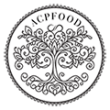


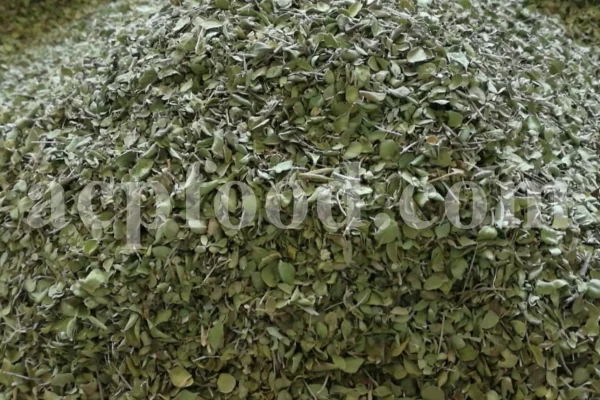
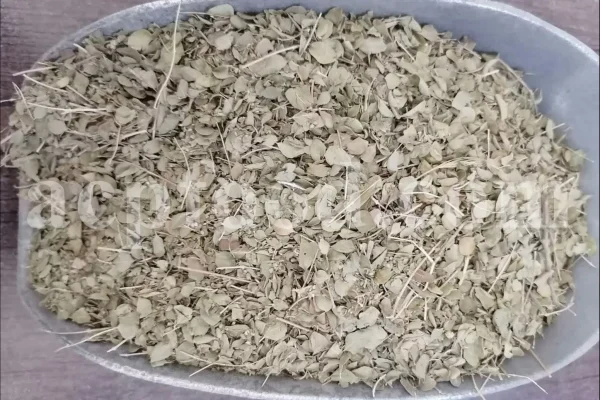
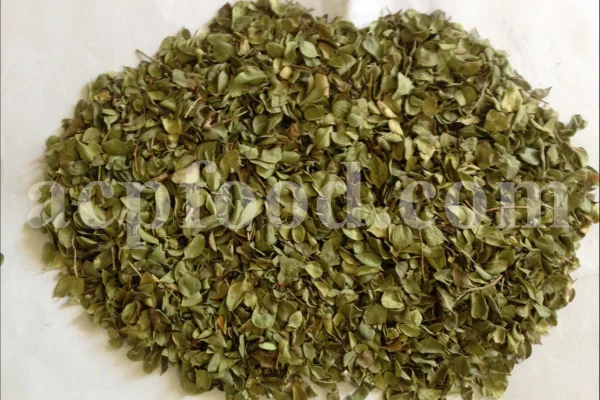

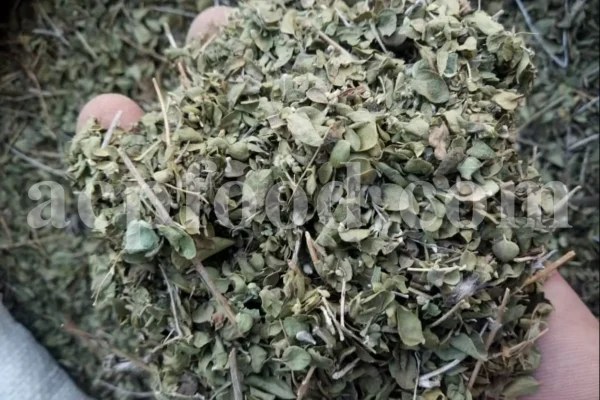


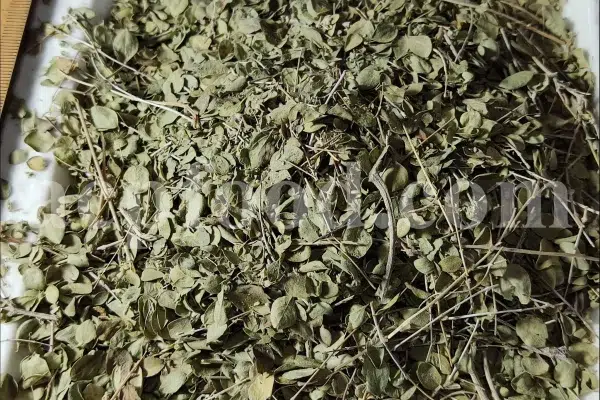


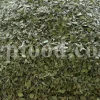
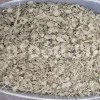
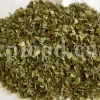
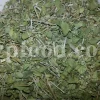


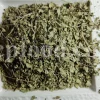
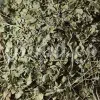
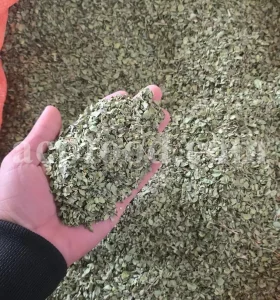
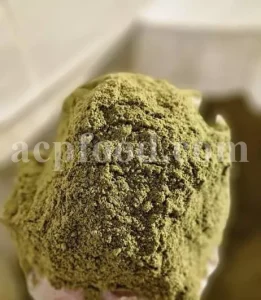
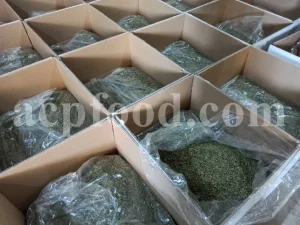
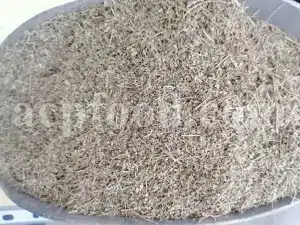


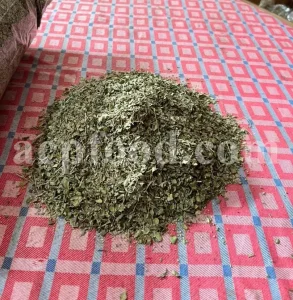
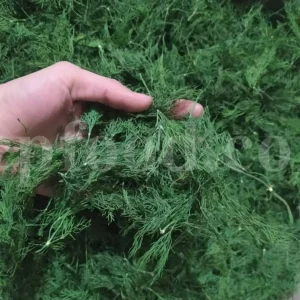


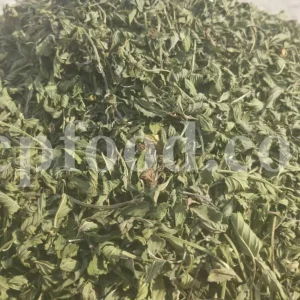
Reviews
There are no reviews yet.